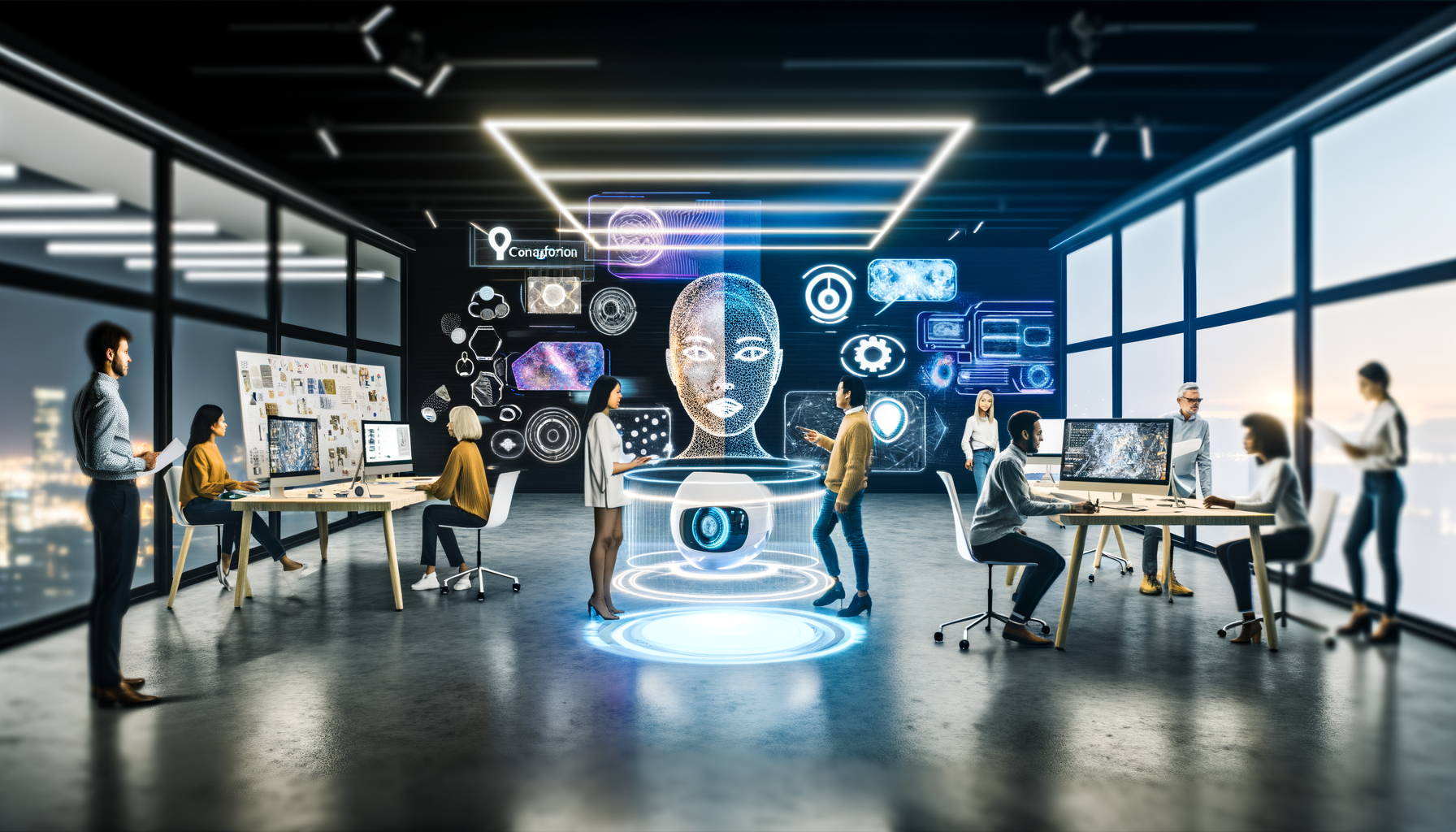Transforming Design: The Impact of AI Agents on Platforms
Artificial Intelligence (AI) has been changing our world for a while now, and it continues to push the boundaries of what’s possible in product design and development. One growing trend is the emergence of AI agents, which are specialized programs designed to perform tasks autonomously. This blog post explores how these agentic AIs are reshaping platforms, revolutionizing design, and creating better user experiences.
What are AI Agents?
Before diving into the details, let’s define what we mean by AI agents. In simple terms, AI agents are software programs that can operate independently to perform specific tasks. They learn from data, adapt to different situations, and often communicate with users or other systems to make processes more efficient.
An example of an AI agent is a chatbot you might find on a website. These chatbots interact with users, answer questions, and help solve problems without needing human intervention. But the capabilities of AI agents extend far beyond customer service—they’re now entering the realm of design.
The Rise of Agentic AI in Design
As we build more sophisticated products, the need for tools that can streamline the design process is greater than ever. Here’s how AI agents are making a significant impact on design platforms:
1. Enhancing Creativity
Creativity isn’t just about being artistic; it’s about solving problems innovatively. AI agents can analyze design trends, user preferences, and even historical data to provide designers with intelligent suggestions. This makes it easier for designers to explore new ideas and create unique products.
For instance, tools like Adobe Sensei harness AI to analyze user behavior and suggest design elements that might work well for particular projects. By taking some of the guesswork out of design, AI agents become valuable partners in the creative process. As one designer put it: “AI helps me see the bigger picture that I might miss while focusing on the details.”
2. Streamlining the Design Process
AI agents also play a role in speeding up the overall design process. With these intelligent partners handling repetitive tasks, designers can focus on the more engaging and creative aspects of their work. Imagine an AI agent that automatically adjusts image sizes, formats files correctly, and even suggests layout options based on user feedback! This not only saves time but also minimizes human error.
Platforms like Canva are already incorporating AI features that suggest design tweaks based on user engagement analytics. The result? A more efficient workflow and more polished products.
3. Personalized User Experiences
Today, personalization is essential. People want products that cater to their specific needs. AI agents excel in this area by analyzing user data to provide tailored experiences. When designers use AI, they can develop features that adapt to individual user preferences in real-time.
For example, streaming services like Netflix utilize AI agents to analyze viewing habits and suggest content users may enjoy. This kind of approach enhances user satisfaction and keeps engagement high. In design, the same principles apply—an AI can suggest design features that resonate with particular user groups, leading to more successful products.
Challenges and Considerations
While the advantages of AI agents in design are clear, there are some challenges that companies need to consider. One major concern is data privacy. As AI agents rely on user data to function effectively, protecting that data is crucial. Users must feel safe knowing their information is secure and used responsibly.
Furthermore, while AI agents can boost productivity and inspiration, they shouldn’t replace human creativity entirely. The best outcomes occur when humans and AI collaborate, combining intuitive design with data-driven insights.
The Future of Design with AI Agents
As we move forward, the role of AI agents is likely to grow even more significant in product design. Here are some anticipated trends:
1. More Intelligent Tools
Expect to see smarter AI tools that continue to learn from user interactions. As these tools evolve, they’ll offer more accurate suggestions and insights, therefore transforming the design landscape even more profoundly.
2. Greater Integration
In the near future, AI agents will likely become integrated within more platforms. This seamless integration can facilitate smoother collaborations between developers, designers, and users, resulting in highly refined products.
Conclusion
AI is reimagining the design process, making it more efficient, personalized, and innovative. With AI agents helping designers streamline workflows, enhance creativity, and deliver tailored user experiences, the future holds exciting possibilities for product development. While challenges like data privacy and the need for human oversight remain, the partnership between AI and designers promises to unleash new realms of creativity.
As we navigate this new frontier, let’s remember the power of collaboration—at its best, the blend of human ingenuity and AI efficiency can lead to groundbreaking designs and transformative products. So, whether you’re a seasoned designer or just starting out, embracing these AI tools could be your key to unlocking incredible potential in your projects!


